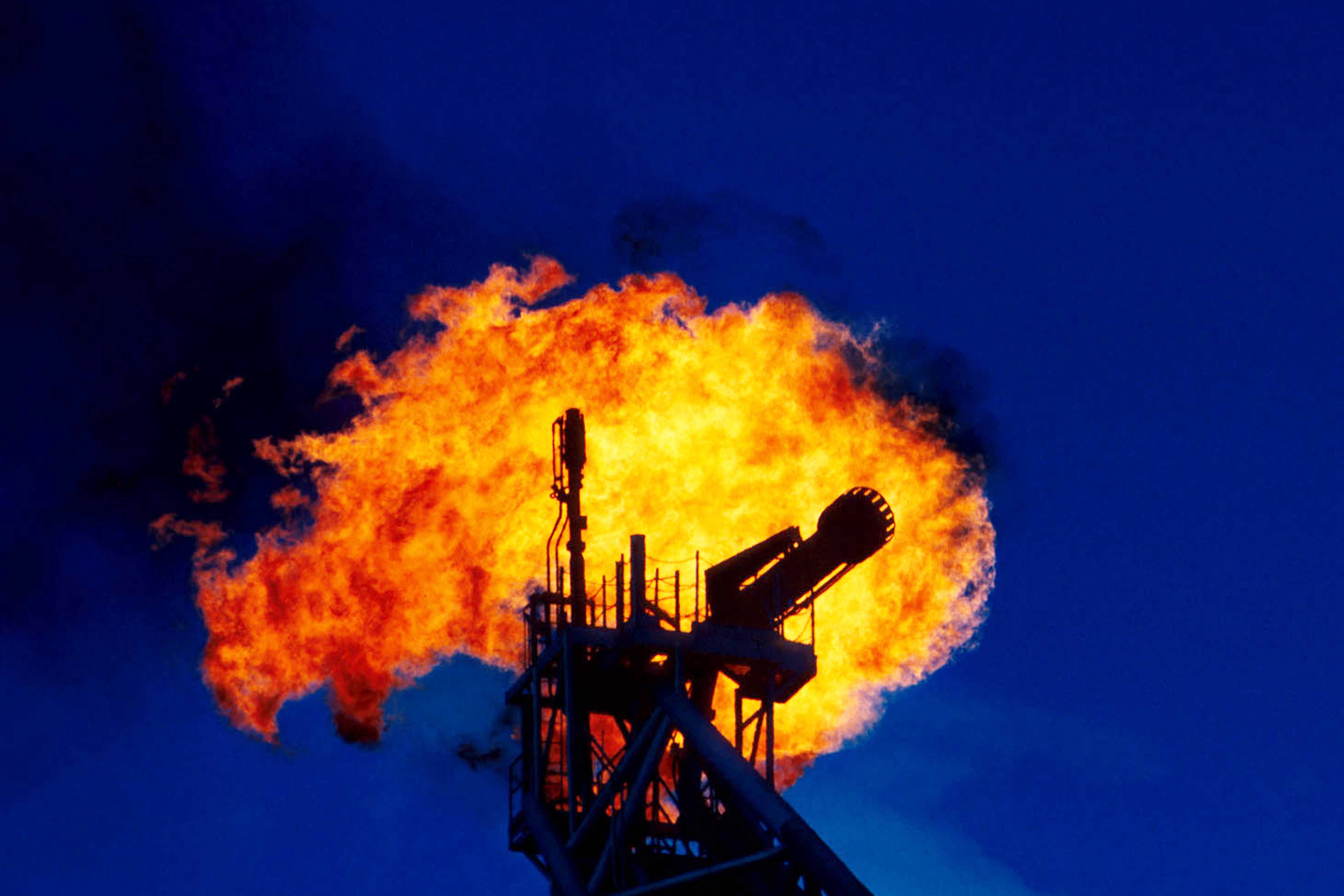North Sea flaring halves in four years
The North Sea Transition Authority has carried out new analysis.

Your support helps us to tell the story
From reproductive rights to climate change to Big Tech, The Independent is on the ground when the story is developing. Whether it's investigating the financials of Elon Musk's pro-Trump PAC or producing our latest documentary, 'The A Word', which shines a light on the American women fighting for reproductive rights, we know how important it is to parse out the facts from the messaging.
At such a critical moment in US history, we need reporters on the ground. Your donation allows us to keep sending journalists to speak to both sides of the story.
The Independent is trusted by Americans across the entire political spectrum. And unlike many other quality news outlets, we choose not to lock Americans out of our reporting and analysis with paywalls. We believe quality journalism should be available to everyone, paid for by those who can afford it.
Your support makes all the difference.Flaring from North Sea offshore oil and gas production has halved in four years, according to new analysis.
North Sea Transition Authority (NSTA) analysis found that offshore flaring fell in 2022, down by 13% on the previous year to 22 billion cubic feet (bcf) of gas.
This contributed to a total decrease of 50% since 2018, when volumes totalled 44 bcf.
About a fifth of emissions from North Sea oil and gas production activities come from flaring, the process by which excess gas is burned off, resulting in carbon dioxide emissions.
NSTA said that last year’s reduction alone was equivalent to the gas demand of 80,000 UK homes.
Industry also deserves credit for making this progress
Hedvig Ljungerud, NSTA director of strategy, said: “It is hugely encouraging to see North Sea flaring cut in half in just four years, something the NSTA has made a priority, and which supports both the UK’s energy security and net zero ambition.
“Industry also deserves credit for making this progress.
“The NSTA expects reductions to continue and remains firmly focused on both supporting and challenging industry on emissions, including from flaring and venting.”
While some flaring is unavoidable for safety and operational reasons, NSTA said it has been consistently clear that more can be done to prevent the waste of gas needed to heat and power homes and businesses.
The NSTA started benchmarking flaring performance in 2020 and the following year issued tougher guidance, stating that all new developments should have no routine flaring and venting, with zero routine flaring across all North Sea platforms, whether new or existing, by 2030 at the latest.
In addition to tracking, monitoring and reporting performance, the NSTA closely scrutinises operators’ applications for flaring consents, pushes back against requests to increase flaring, and has ordered operators to temporarily restrict production to stay within agreed limits.
It has also used sanctions powers for breaches of consent, with £215,000 worth of fines issued in late 2022.
It said operators have made substantial investments in equipment designed to minimise flaring, namely flare gas recovery units, each estimated to save up to 22 tonnes of flared gas per day.
Production operations coming to an end on older platforms with higher emissions has also contributed to the drop in flaring in recent years, although last year’s reduction in flaring was still against a backdrop of a 17% rise in gas production
However venting, when gas is released without being burned, went up by 5% to 2.9 bcf in 2022, having been at particularly low levels in mid-2021 due to prolonged maintenance shutdowns across multiple platforms, timed to coincide with work to upgrade major pipelines.
Venting represents about 0.15% of total UK greenhouse gas emissions and less than 5% of North Sea production emissions, NSTA said.